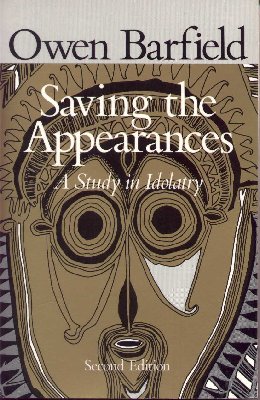| Memory |
The invention of memory, then, is the creation of the evolution of consciousness, an aspect of internalization:
Just as, when a word is formed or spoken, the original unity of the "inner" word is polarized into a duality of outer and inner, that is, of sound and meaning; so, when man himself was "uttered," that is, created, the cosmic wisdom becomes polarized, in and through him, into the duality of appearances and intelligence, representation and consciousness. But when creation has become polarized into consciousness on the one side and phenomena or appearances on the other, memory is made possible, and begins to play an all-important part in the process of evolution. For by means of his memory man makes the outward appearances an inward experience. He acquires his self-consciousness from them. I make them "mine," not now by virtue of any original participation, but by my own inner activity. . . . For, once the phenomena are "mine," I can produce them in the form of words. (SA 155)
| See in particular Saving the Appearances, Chap. XXII. |
